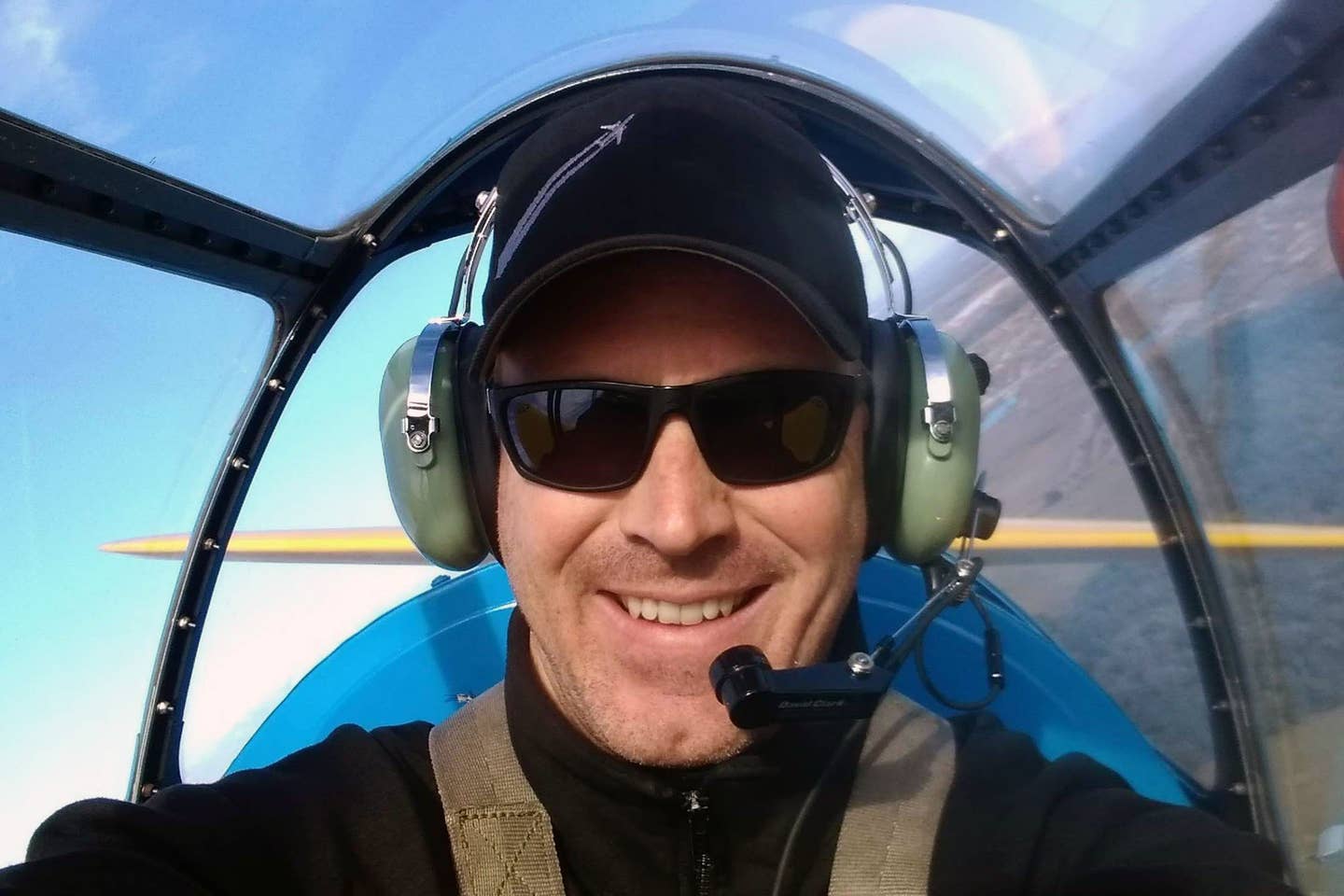
Jason Depew says taking the standard deduction is a good move for most of us. Courtesy Jason Depew
There are plenty of tax rules that a pilot can use to reduce their overall tax bill. But it helps greatly if you know the rulebook.
Consider this column an introduction to that rulebook.
Deductions & Credits
In my last column, we looked at how US federal income tax rates are applied in a graduated system of brackets. We considered the case of a pilot with a taxable income of $86,375. Though that number puts them “in the 22 percent tax bracket,” their total tax bill is $14,750.88, giving them an effective overall tax rate of 17.1 percent.
Did you notice that we only looked at our theoretical pilot’s “taxable” income for our calculations? There’s a good chance they actually earned more than $86,375, but a bunch of helpful rules protect some of that income from taxation.
The best deals are what the IRS calls credits. One example is a credit of up to $7,500 for buying an electric car. If our theoretical pilot were to purchase a qualifying EV this year, their tax bill would drop from $14,750.88 to a mere $7,250.88.
Not bad!
The next step down is called a deduction. It’s nice, but it’s not as good a deal as a credit. One popular deduction right now is student loan interest. Let’s say our pilot had paid $7,500 in eligible student loan interest this year. (Ouch!) They would be able to deduct that sum from their taxable income, reducing $86,375 to $78,875.
The amount of tax they paid for their income in the 10 percent and 12 percent brackets wouldn’t change. However their 22 percent bracket now looks like this:
$78,875 - $40,525 = $38,350
$38,350 x 22% = $8,437
Now let’s plug that in to figure out their total tax bill:
$995 (from the 10% bracket)
$3,668.88 (from the 12% bracket)
+$8,437 (from the 22% bracket)
-------------------------------------
$13,100.88 (total tax bill)
This reduced our pilot’s total tax bill by $1,650, exactly 22 percent of $7,500.
(The annual IRS limit on deductible student loan interest is $2,500, but for the sake of comparison, we’re assuming that our pilot has a total of $7,500 in deductions.)
Deductions are nice, but they’re nowhere near as good as credits. Deductions reduce your taxable income while credits go directly toward your tax bill after it’s already been calculated.
Itemizing vs Standard Deduction
In the past, any pilot who had a home mortgage could probably find enough deductions throughout the year to make it worth adding them all up and “itemizing” them on their tax return. However, President Trump did two things that made this less common:
- He stopped individual employees from deducting business expenses like they used to.
- He raised what’s called the “standard deduction” to $12,550 if you’re single or $25,100 if you’re married.
This standard deduction increase is a good deal for most of us. Basically, you get to pay zero taxes on the first $12,550 you earn this year. If our example pilot’s taxable income was $86,375, then their total income must have been at least $98,925. (Between that $12,550 standard deduction and the $7,500 EV tax credit, their reduced tax burden freed up income to cover a wide range of household expenses.)
It only makes sense to itemize individual deductions if they total a value greater than the standard deduction. Sadly, you don’t get to add the two together. You either itemize, or you take the standard deduction.
There are entire volumes of tax laws for deductions, credits, and other legal loopholes for reducing our tax bills. There’s an entire industry of tax advisors who exist to help you legally take advantage of these good deals.
In future columns, we’ll look at a variety of relatively easy ways to slash your tax bill. However, I’m not one of those tax pros. If you’re ever in doubt about what you owe in taxes, or you want help finding legal ways to reduce your tax bill, you should absolutely seek out professional help.
As Flying focuses more on pilot finance, we hope to find and recommend some of these pros for you. Don’t worry, we’ll make sure you know what questions you need to ask them before you even start talking about your specific situation.
Next time, we’ll start looking at some ways to pay less of those pesky taxes.
Jason Depew flies as a captain for a major U.S. airline. He is also an Air Force reservist and has flown more than 300 combat missions over Afghanistan and other garden spots. Based in Tampa, Florida, he instructs in the Icon A5 and anything else he can get his hands on. His writing is focused on personal finance for pilots with the goal to help all types of aviators enjoy great careers, sometimes in spite of themselves. You can send Jason questions at editorial@flying.media.

Sign-up for newsletters & special offers!
Get the latest FLYING stories & special offers delivered directly to your inbox






